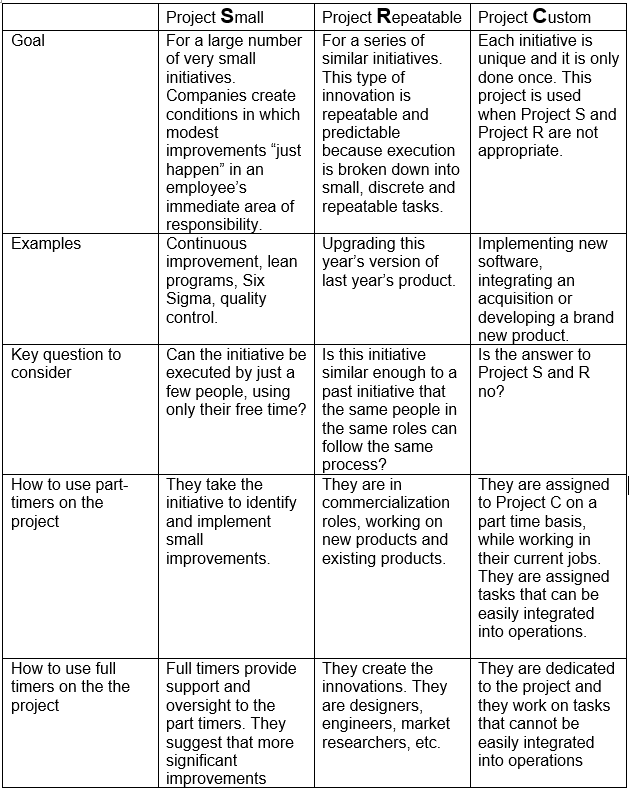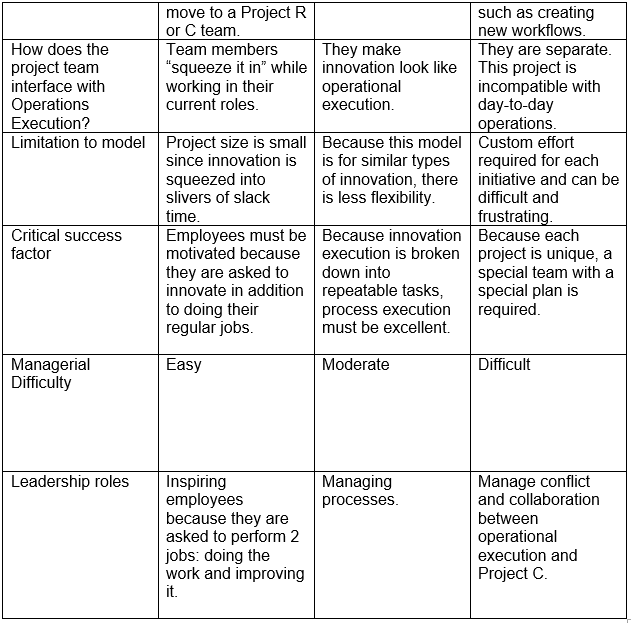 “Genius is 1 percent inspiration, 99 percent perspiration.”—Thomas Edison
“Genius is 1 percent inspiration, 99 percent perspiration.”—Thomas Edison
Much of the first 15 years of my career was spent implementing brand new initiatives and cleaning up existing operations. Whether it was improving a department’s effectiveness, implementing new software or combining departments following a merger or purchase, I wanted to lead the process, or at least play a significant part. In other words, I am a self-proclaimed change agent, easily bored by doing the same thing over and over.
For many of these projects, neither senior leadership nor I had a model to structure them, so I had to rely on my own experience or best guess. As you can imagine, with the major changes that I was trying to implement, I encountered some challenges with some members of my teams.
In overly simplistic terms, there are two types of workers: “Changers” and “Maintainers”
On my projects, the Maintainers drove me crazy. I loved to say, “Let’s do this differently,” while the Maintainers replied with, “I can’t spend a lot of time on this; I have work to do.” This didn’t make sense to me because I had been asked to lead this important project and they had been selected to participate. Why did they resist cooperating? In hindsight, I recognize that our differences were exasperated by how the change was structured and managed.
Although opposites, both Changers and Maintainers are important to an organization
 Changers and Maintainers are both important to an organization even though they are often in conflict with each other
Changers and Maintainers are both important to an organization even though they are often in conflict with each otherMaintainers form the core of a company’s operations. They efficiently follow established processes to take care of customers. Effective operational execution requires repeatability and predictability.
On the other hand, innovation execution is experimental and unpredictable with no established processes. Changers are needed to lead and manage this innovation execution since it must be structured and managed very differently than daily operations. When not managed correctly, operations execution always kills innovation execution.
Innovation execution is crucial for translating new ideas into reality
In their book, Beyond the Idea, Vijay Govindarajan and Chris Timble conducted extensive research on innovation execution. Here are their key findings:
- An innovation initiative is any project that is new to your organization and it has an uncertain outcome.
- Innovation execution is neither innovation nor execution. It is unique.
- Innovation is about learning and experimentation. Failure is not only an option, it is probable when experimenting. Learning means improving predictions that yield better results and failing fast to minimize investments.
Govindarajan and Timble identified three models to use for different types of innovation execution:
- Project (S) Small
- Project (R) Repeatable
- Project (C) Custom Ideas are just the beginning of the innovation process. Innovation execution is inherently different from and in conflict with operational execution. “Project C” sure describes what I experienced.
Without proper execution, big new ideas are worthless. Try using these three models to organize and manage your next innovation projects and let me know how they work for you!





